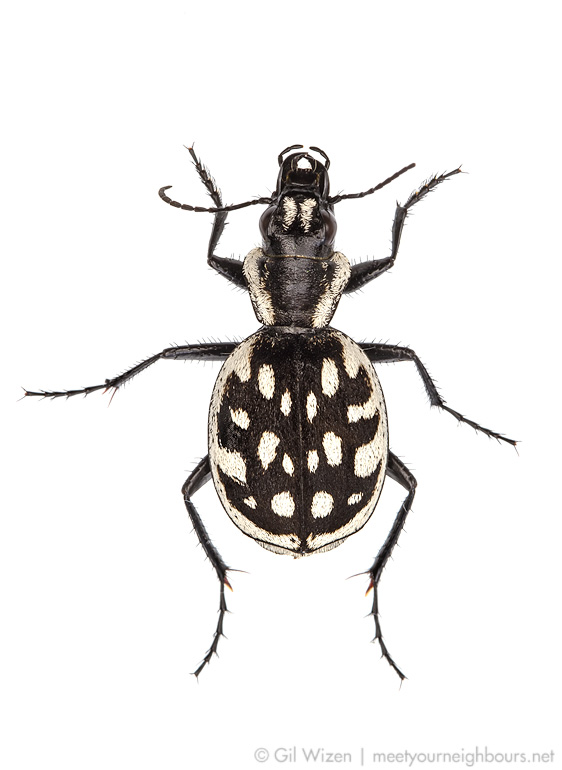wizentrop
Fresh Imago
Hi Matt, the paper you are searching about Anthia larvae is this one:
Paarmann, W. "A reduced number of larval instars, as an adaptation of the desert carabid beetle Thermophilum (Anthia) sexmaculatum F. (Coleoptera, Carabidae) to its arid environment." Miscellaneous Papers 18 (1979): 113-117.
Unfortunately, I do not have it (I read it when I was visiting a carabid specialist in Germany) and it is extremely difficult to get it online.
What I meant to say was that an Anthia female lays 1-2 huge eggs every breeding season. The beetles can survive at least 3 years in captivity (from my experience), so potentially you can get more eggs out of a female. Mating the beetles is super easy. In the wild, Anthia lay eggs straight after the rains, so to trigger a female to lay you would have to think of a way to mimic a sudden increase of moisture (both in air and substrate).
Paarmann, W. "A reduced number of larval instars, as an adaptation of the desert carabid beetle Thermophilum (Anthia) sexmaculatum F. (Coleoptera, Carabidae) to its arid environment." Miscellaneous Papers 18 (1979): 113-117.
Unfortunately, I do not have it (I read it when I was visiting a carabid specialist in Germany) and it is extremely difficult to get it online.
What I meant to say was that an Anthia female lays 1-2 huge eggs every breeding season. The beetles can survive at least 3 years in captivity (from my experience), so potentially you can get more eggs out of a female. Mating the beetles is super easy. In the wild, Anthia lay eggs straight after the rains, so to trigger a female to lay you would have to think of a way to mimic a sudden increase of moisture (both in air and substrate).

